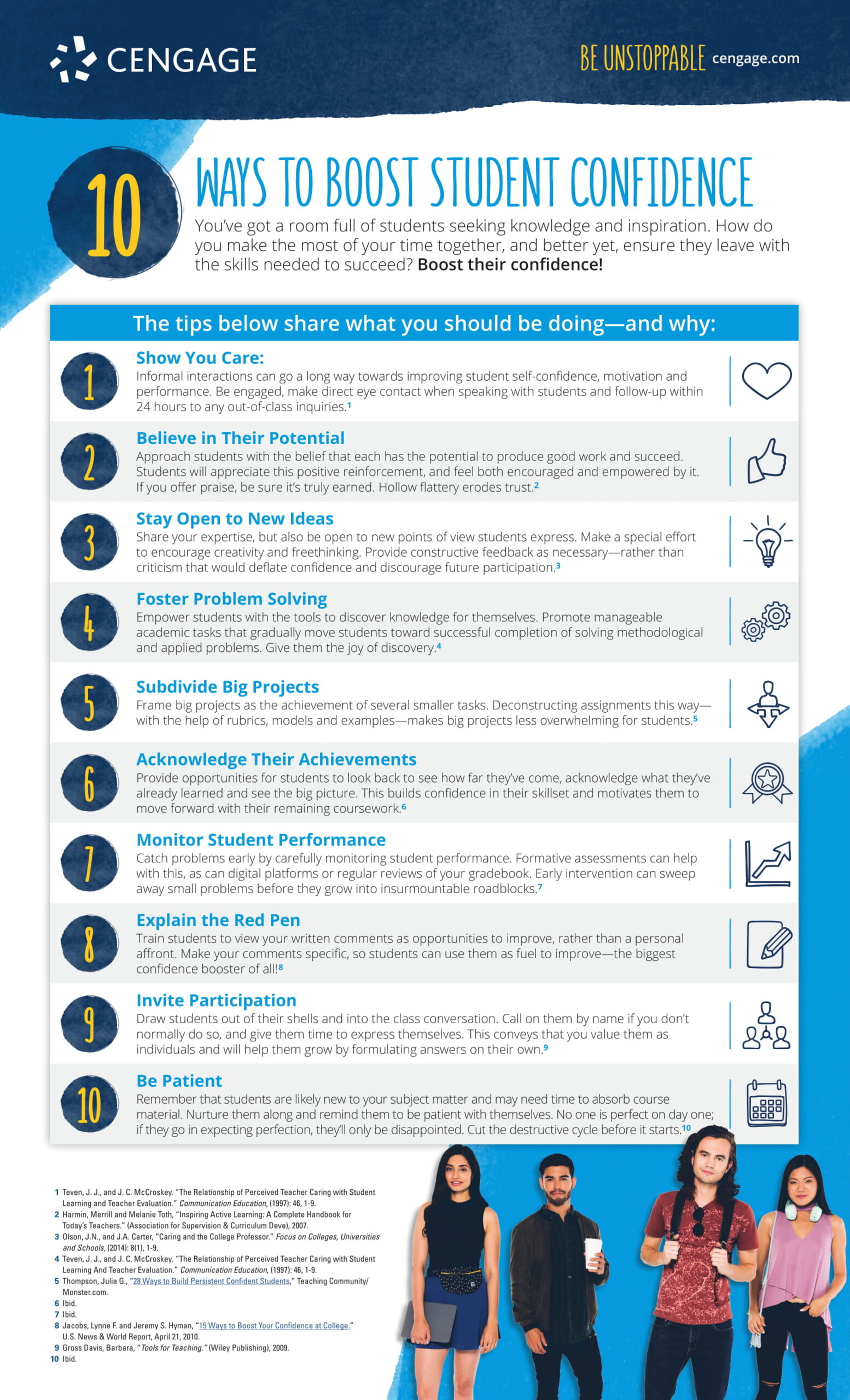Article Summary
- Remind students throughout the semester of your course’s relevance.|Focus on gaining skills rather than simply absorbing information. |Show your passion for what you teach—students are more likely to tune in.
- field_5cf83622ba22e
Janet Mizrahi is a Continuing Lecturer in the UCSB Writing Program, where she has taught journalism, science writing, and business/professional writing since 1999. She also blogs for BizComBuzz.
As a writing instructor on a campus with no writing major, I have a bit of experience teaching non-majors—more than 20 years’ worth. In almost every class I’ve taught, the majority of students are there because they have to be, so I’ve had to learn to make my course content—and delivery—engaging. Here are some tips I’ve picked up along the way.
Explain the relevance of your field throughout the semester.
It doesn’t matter if you’re teaching Math to English majors, or Psychology to engineers. The secret to engaging non-majors is to emphasize the field’s relevance.
In my classes, I always tie the importance of clear writing to various aspects of students’ lives: better performance in classes, more successful job applications and increased value as a future employee. I follow that up with results of survey after survey that conclude employers want workers who can think critically and communicate well.
I have found that voicing why my specialty matters not only helps me sell my students on the idea; I believe what I say, and students can sense that passion, which helps them want to learn. Once you’ve thought through your field’s importance, drive the message home from day one and repeatedly after that.
Focus on skills acquisition rather than information absorption.
Whether a course covers mass media or mass extinction, specific skills such as critical thinking are typically required to master the material.
Again, from my own experience, I stress how the skills I’m teaching will be applicable in any field. I hold on to emails from former students telling me how they’ve used what they learned in my classes to land a job or perform well in one. I relate those success stories to current students to further show how the skills learned in my class will help in the future. And, I do this throughout the term—once is not enough.
Emphasize the gift of a liberal arts education.
Students can often have tunnel vision; they may not realize what a non-major class can offer them. Why should a dance major need Biology? What relevance does a Religious Studies class have to a Computer Science major? But we as educators know taking courses outside our field is imperative for a well-rounded education.
If you can, use stories from your own education to show how a non-major class influenced you. Students love hearing their professors’ personal stories from “back in the day.” I’m pretty sure my face lights up when I tell my students about my Physical Anthropology class as a sophomore, a field that has absolutely nothing to do with English literature!), and how it nurtured my interest in evolution. College is the one time in our lives we can learn about things we will likely never have the opportunity to learn again. It’s a gift.
Show enthusiasm for your subject.
Students enjoy seeing professors who clearly love what they teach, and when you show your enthusiasm for your subject, all students are more likely to tune in, not just majors.
Although I refuse to feel I must entertain my students, I do feel I shouldn’t bore them. Look at your teaching persona and see where you can jazz it up. Be relatable. Be warm. Show interest. Learn student names. If you show interest in your subject—and all your students—they are far more likely to show interest in your class.
Want more research, insights and peer-tested techniques on amplifying student engagement? Check out additional content here.


